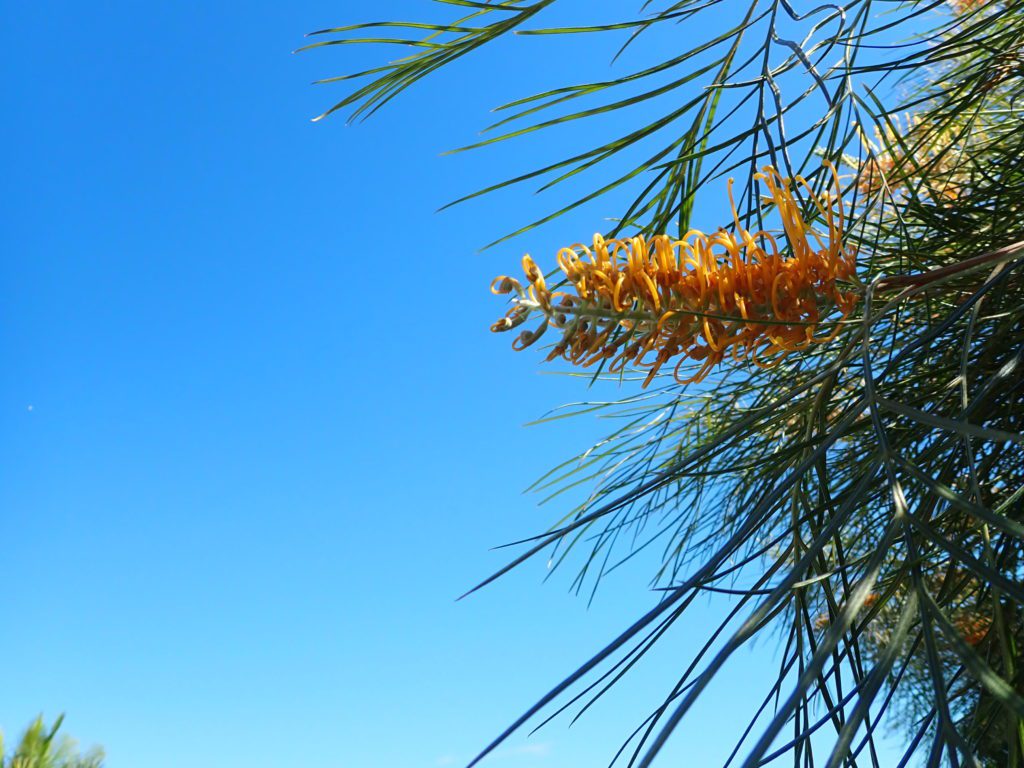Protected Magazine
From the President – Spring 2021
Over the past year, NPAQ and many other environment organisations in Queensland have been focussed for an increased percentage of our state to be in Protected Areas (PAs); National Park, Conservation Park, Special Wildlife Reserves, which is currently at a meagre 8% – the lowest of any state in Australia.
But it’s often enlightening to look internationally at trends and major initiatives to understand the broader global context and what’s happening overseas for protected areas. There is currently a very interesting initiative which could have flow-on effects for our Protected Area estate.
The ‘30 by 30’ initiative has growing interest and momentum. What is this? It is to have at least 30% of the planet – both land and sea areas – protected (as national parks or similar) by 2030. This would be a major advance from the current global levels, which are 16% of land and 7.5% of marine areas. This ambitious global target aims to halt the accelerating loss of species and protect vital ecosystems that
underpin our economic security.
In June 2021, all members of the G7, including some of the worlds’ richest countries, signed a global compact for nature which included
these targets. This included the UK, Germany, France, UK, USA, Canada and Japan. Australia supports this target, though we haven’t yet made
the commitment to protecting 30% at home. If this were the case, it would clearly add impetus and momentum to Queensland’s strategy to increase protected areas from their current low level.
What has triggered this initiative? It’s the recognition that biodiversity loss is one of the top three main threats to humanity. Any further loss of natural habitat and species will cause extensive and costly flooding, climate change, disease emergence and ill-health, clean water shortages, loss of crop pollination, decline in agricultural productivity and many other negative effects. It’s the consequence of degrading our natural infrastructure that supports our economy and well-being.
The top three priorities and their implications were stated by the World Economic Forum (WEF) – hardly an activist ‘green’ lobby group! The
WEF sees action on this issue as an international priority.
Clearly achieving the 30 by 30 goal comes with a cost, although an economic analysis done by over 100 leading economists and scientists indicates that the multiple economic benefits arising from an increase in PAs will vastly outweigh the costs.
These targets are included in the United Nation’s Convention of Biological Diversity (UNCBD), which is finalising an updated 10 year plan early in 2022. The 30% target is almost a doubling of the present target of 17%.
Although these targets may seem ambitious, one of the worlds most respected biologists, E.O.Wilson, has proposed we need 50% of the world
set aside to preserve nature.
This initiative represents a change in the dynamics and priorities internationally on the world’s nature and biodiversity. Let’s hope the 30 x 30 is cemented into the next UNCBD, and Australia (including Queensland!) is a proactive and supportive participant. And that support leads to decisive implementation – its time for action.

